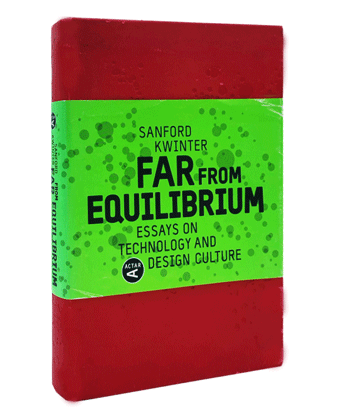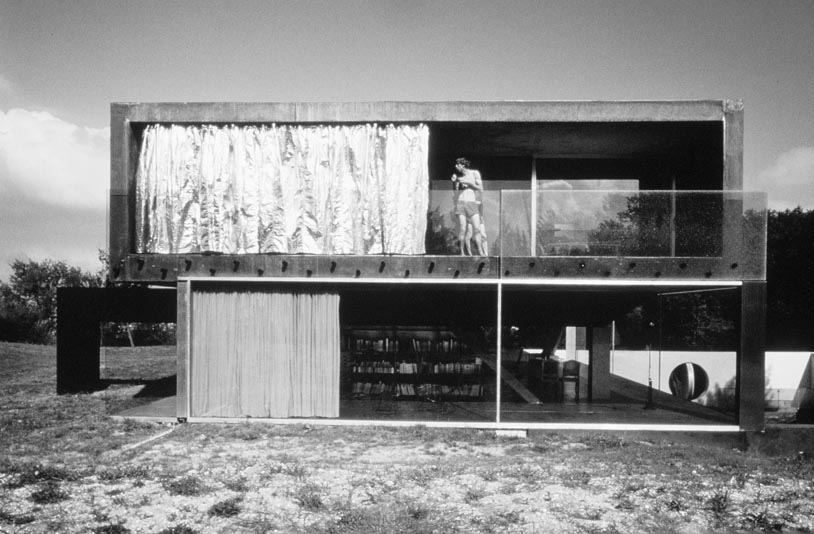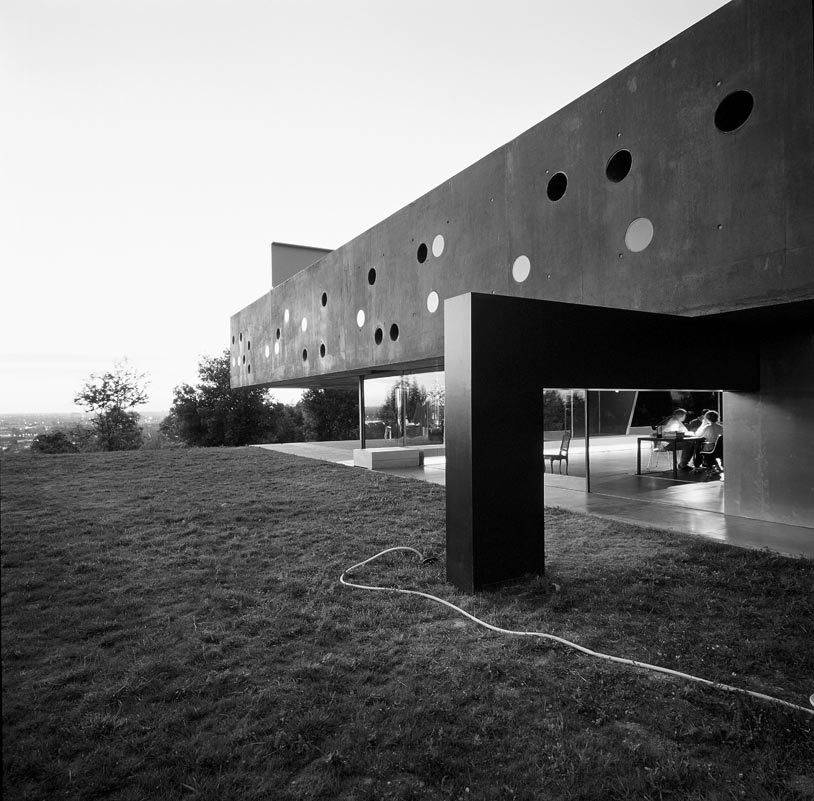The history of ideas—or, rather, the history of moods—in architecture is the history of villas. No other unit of meaning or scale deals as directly with psychic and physical life and its relation to form.
The villa is always a narrative of appearance, dissimulation, glamour and perfidy. All villas are “desiring machines,” rich and ambiguous staging sites for the criminal domesticity of bourgeois society. The great villas of the modern era, such as the academic masterpieces of Le Corbusier and Mies van der Rohe—but also the many “Refusés,” such as the Villa Malaparte, the Maison de Verre, or the 1960s rave capsules of Archigram—tell us, from behind their falsely reassuring smiles, exactly what we as a culture have become. The preeminent villa of our current era, in all its enormous complexity, is the Maison á Bordeaux.
While nothing in recent architecture has been more moving than the exquisite adaptations of architectural intelligence to the physical deficits tragically imposed on the house’s editor/publisher owner, a very broad set of literary, mechanical and cultural meanings were deployed in its service—meanings that send the house into the “zone” of history, where its ruthless ambiguities will continue to unfold and mix with those of its predecessors for generations to come.
From the fundamental imbalance of the diagram out of which the house unfolds—the asymmetrical tripod support of its lofted and cantilevered iron slab and the cable and counterweight that perversely suspend it in uncertain equilibrium—the Maison á Bordeaux is born of an instability that recalls nothing more than the menacing diagonals of the “noir” films and novels of the mid-twentieth century, in which sex, violence, and (naturally) crime pit gravity against sovereignty, in a battle that the protagonist (the pseudo-sovereign) never wins. The sheer unsentimentally of the deployments—concrete, Cor-Ten steel, aluminum and glass—relegate function and family members to layers and sectors of the ship (kitchen and common room below, bedrooms above or in a semi-remote annex, and a thrilling but at first meaningless void between) with a coolness that betrays an almost repressed affect, one that could only be called “hard-boiled.”
This is in no way a house but rather a weapon, caught between the scales of an aircraft carrier, a crossbow, and a bunker. It is related to the middle class, mid-century “machine for living,” but only in the most ironic—let us say, Hitchcockian—ways. The central feature of this particular machine is the piston-driven “cockpit” that moves an enormous office platform up and through the building to provide a constant, mobile viewpoint of the landscape, the weather, and the passage of people and time. The building projects a type of constant, material menace, then catches itself and internalizes this menace as a set of possible physical outcomes, at least one of which is guaranteed at some point to take place. (A recent hurricane throttled the house, causing it to oscillate on its invisible fulcrum, then settle back into its original equilibrium—or did it? —with only its curtain windbreaks, and the complacencies of tectonic stability, torn away.) The mood is not so different from those we find perversely cultivated in the early novels of the British writer J.G. Ballard (Concrete Island for example, or Crash), in which the adversities of history and chance are mortally embraced as salvation events—indeed, metaphysical beauty—in a world from which history and affect are rapidly waning.














